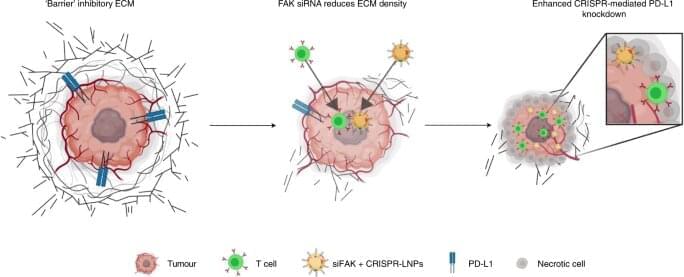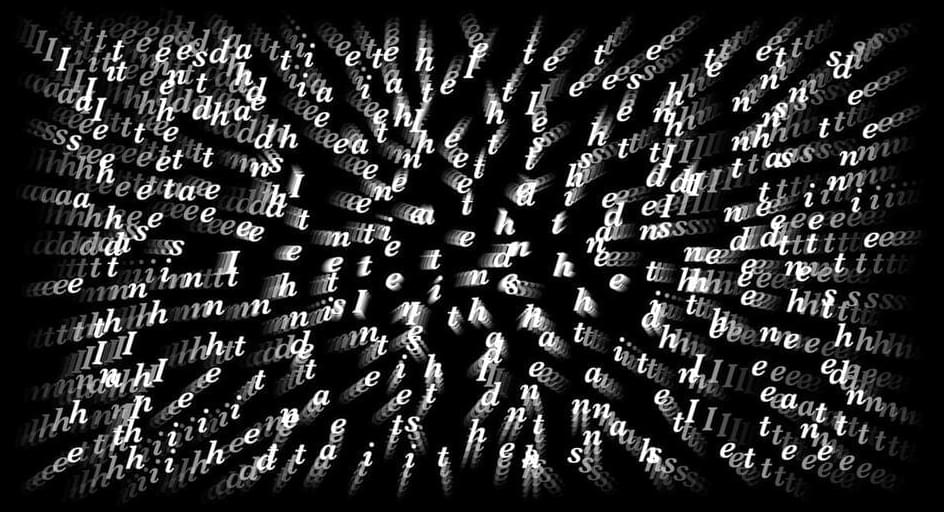View insights.
A quantum microphone can record human speech better than an equivalent classical version, and it could also be adapted for high-resolution biological imaging.

View insights.
A quantum microphone can record human speech better than an equivalent classical version, and it could also be adapted for high-resolution biological imaging.


Early diagnosis of neurodevelopmental conditions, such as Attention Deficit Hyperactivity Disorder (ADHD) and Autism Spectrum Disorder (ASD), is critical for treatment and symptom management processes.
Now, a team of researchers from the University of South Australia has found that recordings from the retina may be used to distinguish unique signals for both ADHD and ASD, offering a possible biomarker for each disorder. According to a press release published by the institution, The team used the “electroretinogram” (ERG), a diagnostic test that measures the electrical activity of the retina in response to light, and found out that children with ASD showed less ERG energy while children with ADHD displayed more ERG energy.

As they grow, solid tumors surround themselves with a thick, hard-to-penetrate wall of molecular defenses. Getting drugs past that barricade is notoriously difficult. Now, scientists at UT Southwestern have developed nanoparticles that can break down the physical barriers around tumors to reach cancer cells. Once inside, the nanoparticles release their payload: a gene editing system that alters DNA inside the tumor, blocking its growth and activating the immune system.
The new nanoparticles, described in Nature Nanotechnology, effectively stopped the growth and spread of ovarian and liver tumors in mice. The system offers a new path forward for the use of the gene editing tool known as CRISPR-Cas9 in cancer treatment, said study leader Daniel Siegwart, Ph.D., Associate Professor of Biochemistry at UT Southwestern.
“Although CRISPR offers a new approach for treating cancer, the technology has been severely hindered by the low efficiency of delivering payloads into tumors,” said Dr. Siegwart, a member of the Harold C. Simmons Comprehensive Cancer Center.


It started with JPL agreeing to land something on Mars – cheaply – and do it in a radically different way. This is how the era NASA called “Faster, Better, Cheaper” began. The documentary film “The Pathfinders” tells the story of a small group of engineers at NASA’s Jet Propulsion Laboratory who did not heed warnings that the audacious challenge of landing on Mars with airbags would likely not be a career-enhancing move.
From relying on a parachute that could not be tested in a way to match the Martian atmosphere to receiving the late addition of an unwanted rover that wouldn’t have looked out of place in a toy store, the Mars Pathfinder mission was a doubter’s dream, taken on by a mostly young group of engineers and scientists guided by a grizzled manager known for his maverick ways.
“The Pathfinders” retraces the journey of this daring mission to Mars that captured the imagination of people around the world with its dramatic landing and its tiny rover – the first wheels ever to roll on Mars.
Documentary length: 60 minutes.

While electric vehicles promise a green future, the batteries that power them don’t boast the same level of sustainability.
While driving electric vehicles is a step towards a greener future, the car batteries that power them are not as sustainable. Though the battery is at the heart of any EV, most are made from lithium-ion and have a limited lifespan that starts to degrade from the first time you charge them. So what happens when they reach capacity?
The cycle of charging and discharging causes them lose energy and power. The more charge cycles a battery goes through, the faster it will degrade. Once batteries reach 70 or 80% of their capacity, which happens around either 5 to 8 years or after 100,000 miles of driving, they have to be replaced, according to Science Direct.
Due to electric vehicles’ rising popularity, it goes without saying that their battery waste will become a major issue. Experts estimate that 12 million tons of batteries will be thrown away by 2030, The Guardian reported. The conundrum that manufacturers and consumers have is that although they can be recycled, there are not enough facilities to handle them. To date, there are only four lithium-ion recycling centers in the United States (via WCNC). However, this number must grow exponentially in the next few years as Industry experts predict there will be 85 million electric vehicles on the road by 2030 (via Science Direct).

Human Longevity Inc, which was built by the pioneers of the human genome sequencing effort, and Freedom Acquisition Corporation, a publicly traded special purpose acquisition company (SPAC), have announced that they have signed a non-binding letter of intent for a proposed business combination that would result in HLI becoming a publicly listed company. Assuming everything ticks along as planned, the parties currently expect to seek approval from Freedom’s shareholders by the first quarter of 2023.
Longevity. Technology: Unicorns are the stuff of legends and headlines, and while there can be no assurance that a definitive agreement will be entered into or that the proposed transaction will be consummated, the speculation is delicious because longevity start-ups with billion-dollar valuations mean more visible, accelerating progress for the sector.
The proposed transaction values the combined company at approximately $1 billion, providing HLI with funding to pursue growth and technology innovation – watch this space!

Patients with worsening heart failure who received colchicine, a common gout medication, had a survival rate of 97.9% compared with a 93.5% survival rate for patients who did not take colchicine.
Colchicine, a common gout medication, dramatically increased the survival rates of patients with worsening heart failure who were hospitalized, according to a recent University of Virginia (UVA) Health study. In individuals with an accumulation of cholesterol in their arteries, the researchers think colchicine might also lower the risk for heart attack and stroke.
More than 1,000 patients who were hospitalized at the University of Virginia Medical Center between March 2011 and February 2020 due to worsening heart failure had their records examined. Patients who took colchicine for a gout flare had a survival rate of 97.9%, as opposed to patients who did not receive colchicine, who had a survival rate of 93.5%.